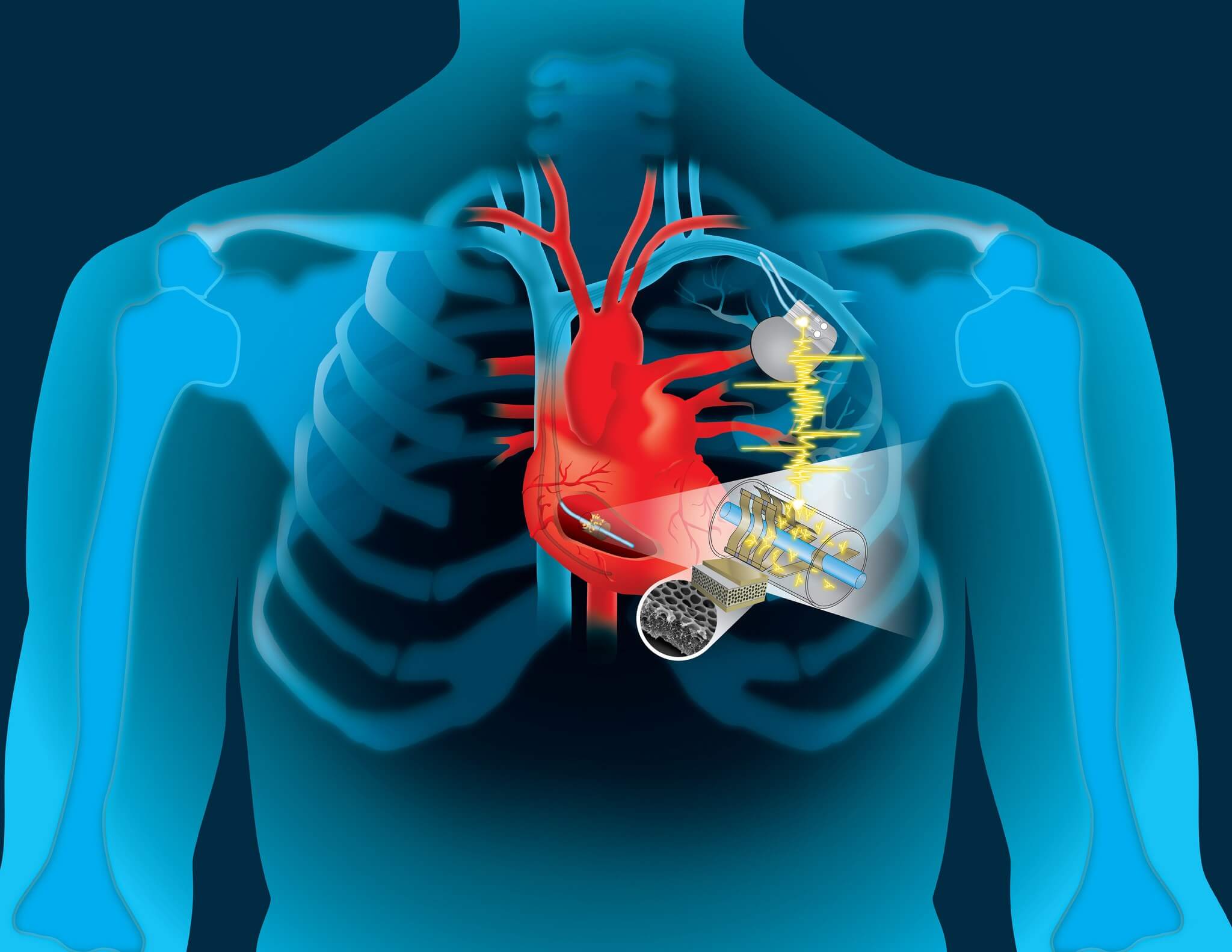In context: There is no debate that pacemakers and implanted defibrillators save lives. However, they are not without their risks. One peril that implant recipients face is regular battery replacement.
Pacemaker batteries need to be replaced every five to 10 years, which requires surgery. While considered routine, these procedures are expensive and do come with some risks. Infections and complications are inherent in all invasive procedures. However, there may soon be another solution to surgical battery replacement.
Engineers at the Thayer School of Engineering at Dartmouth College have developed a device that can convert the kinetic energy of the heart into electricity. The invention is about the size of a dime and can generate enough voltage to power various types of implants.
"We're trying to solve the ultimate problem for any implantable biomedical device," said Dartmouth engineering professor and lead researcher on the project John X.J. Zhang. "How do you create an effective energy source so the device will do its job during the entire life span of the patient, without the need for surgery to replace the battery?"
"Lin Dong, one of the study's authors is learning the business and technology transfer skills to be a cohort in moving forward with the entrepreneurial phase of this effort."
The breakthrough involves modifying the lead wire of the implant using a material called polyvinylidene fluoride (PVDF). When a thin polymer piezoelectric film of PVDF is combined with a porous structure, a lattice of "buckle beams" is created. This array can be used to convert even minuscule movements into electricity. The energy can then be fed back into the implant's batteries keeping them charged continually. The researchers also said that these modules could be simultaneously used as sensors for real-time heart monitoring.
The results of the three-year Dartmouth study were just published in Advanced Materials Technologies. The team still has two more years of funding from the National Institutes of Health to complete the pre-clinical trials and to gain regulatory approval. Zhang says this timeframe puts commercial applications of self-charging pacemakers and other implants about five years out.
"We've completed the first round of animal studies with great results which will be published soon," he said. "There is already a lot of expressed interest from the major medical technology companies."
Lead Image courtesy Thayer School of Engineering
